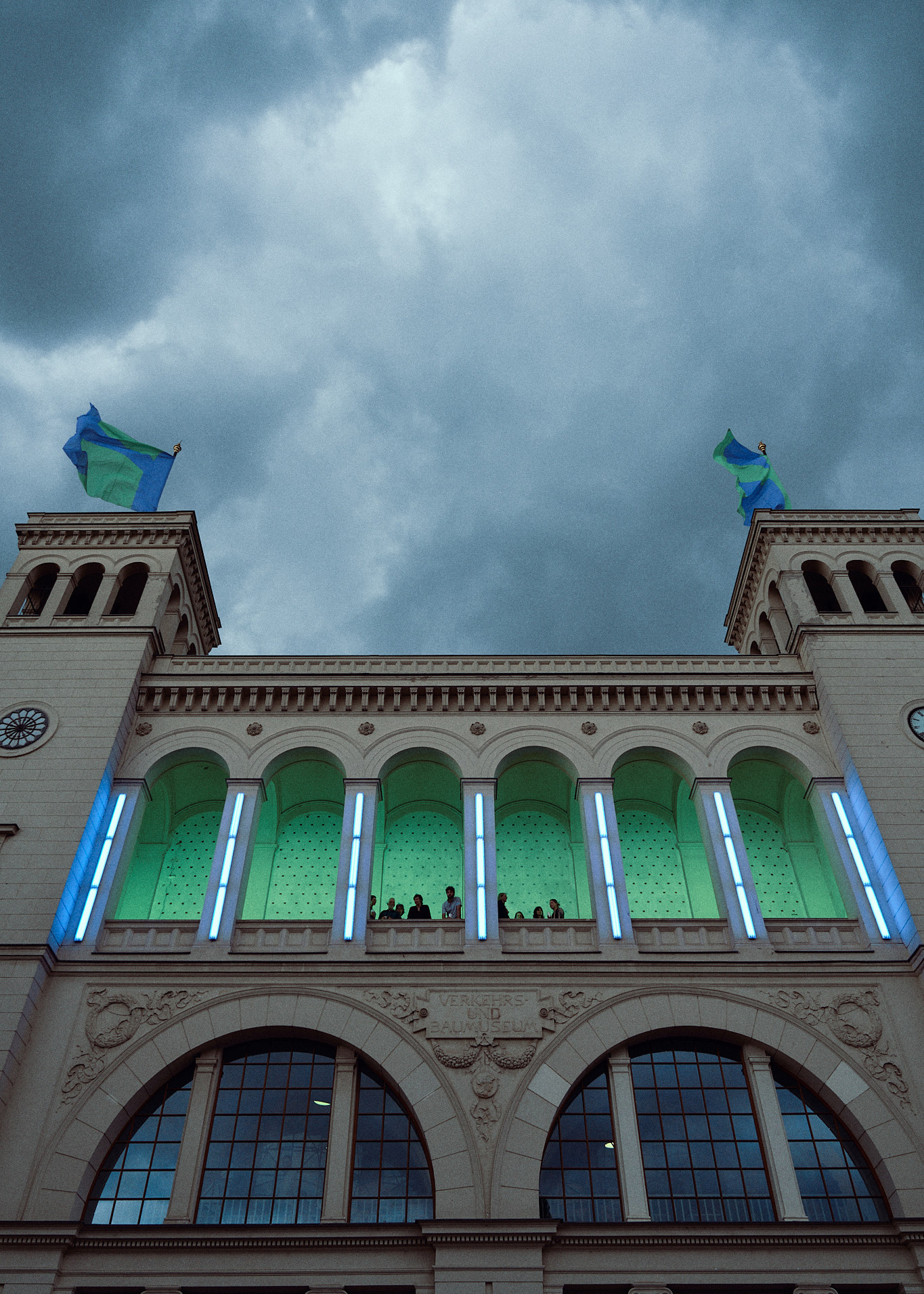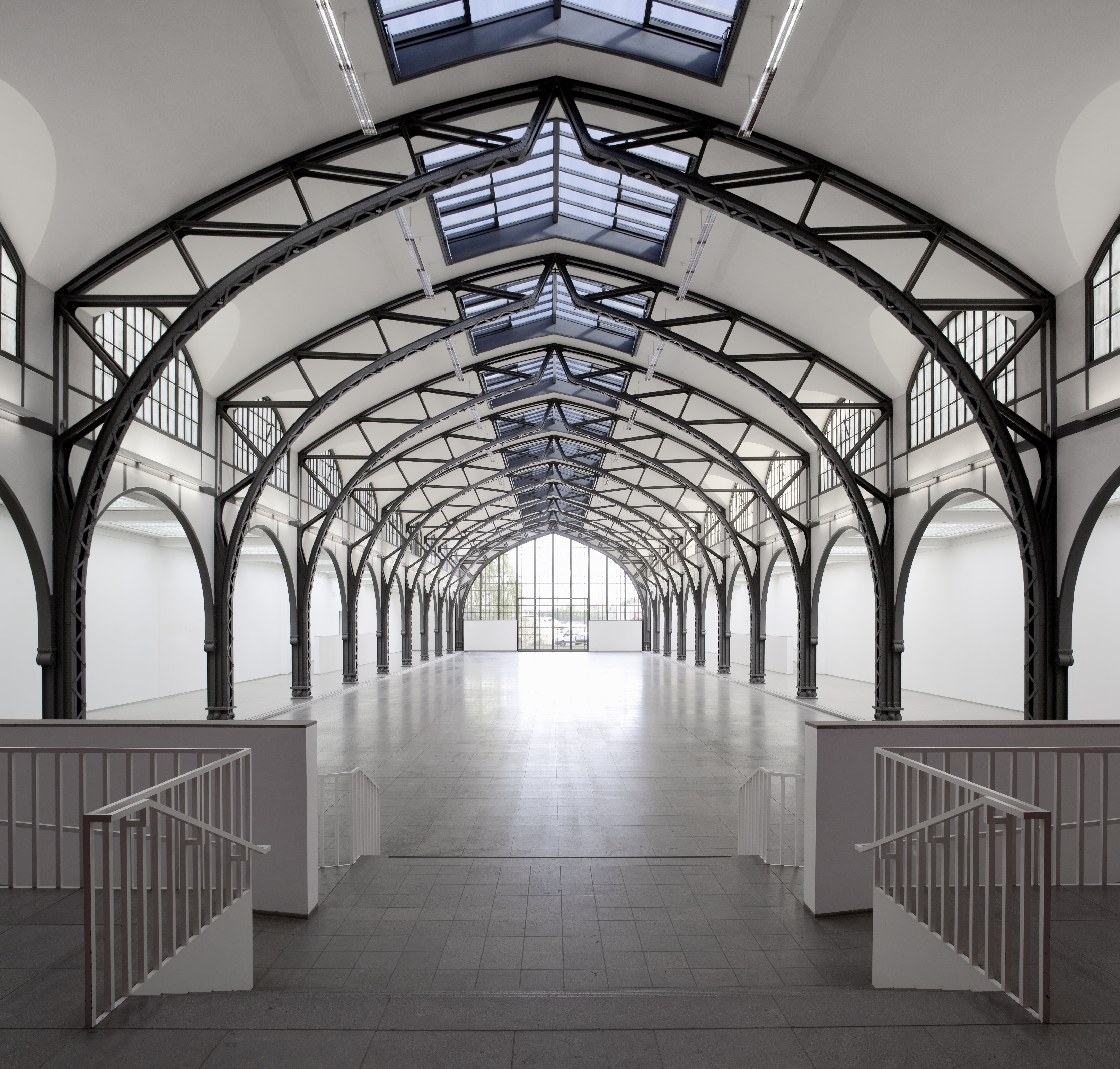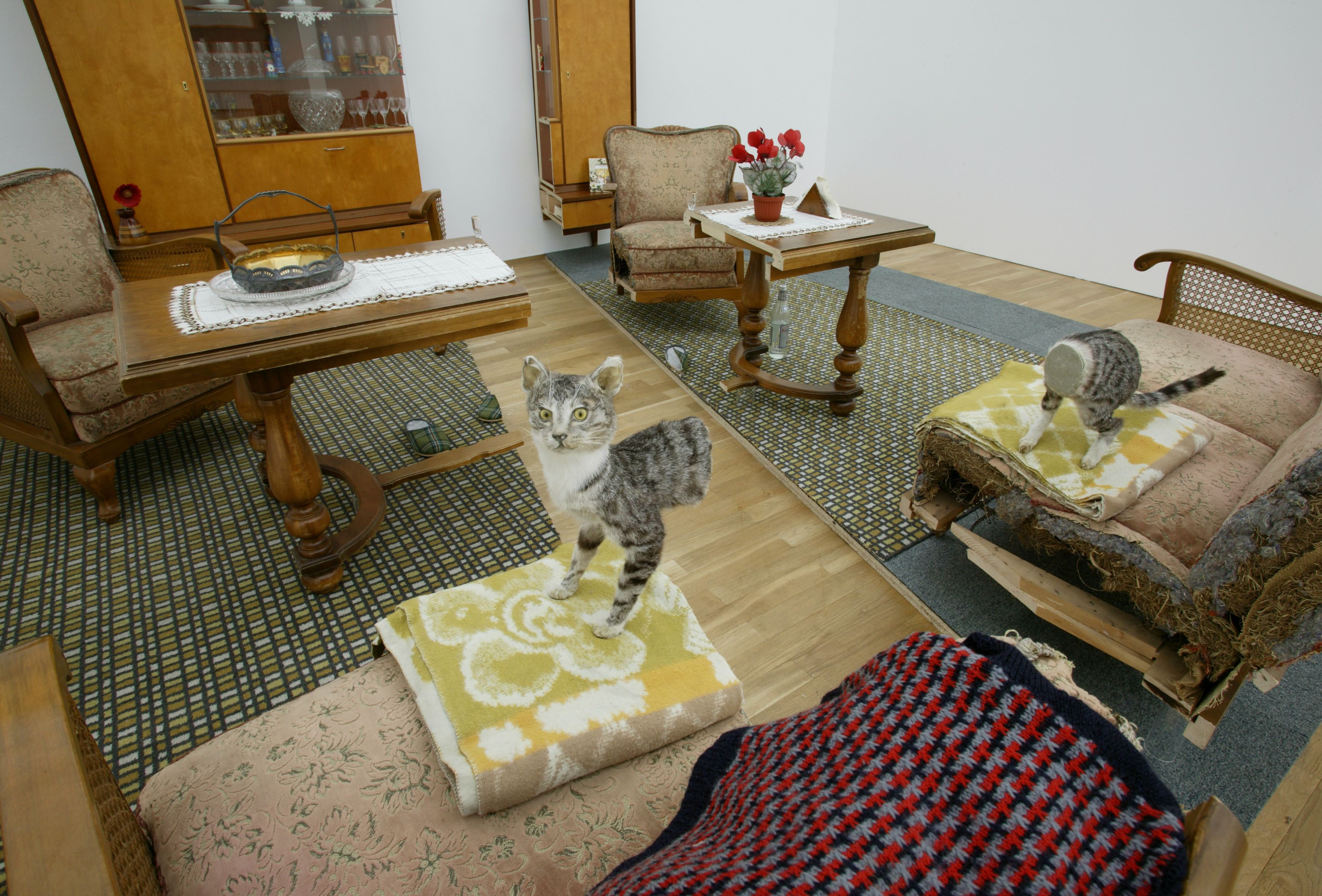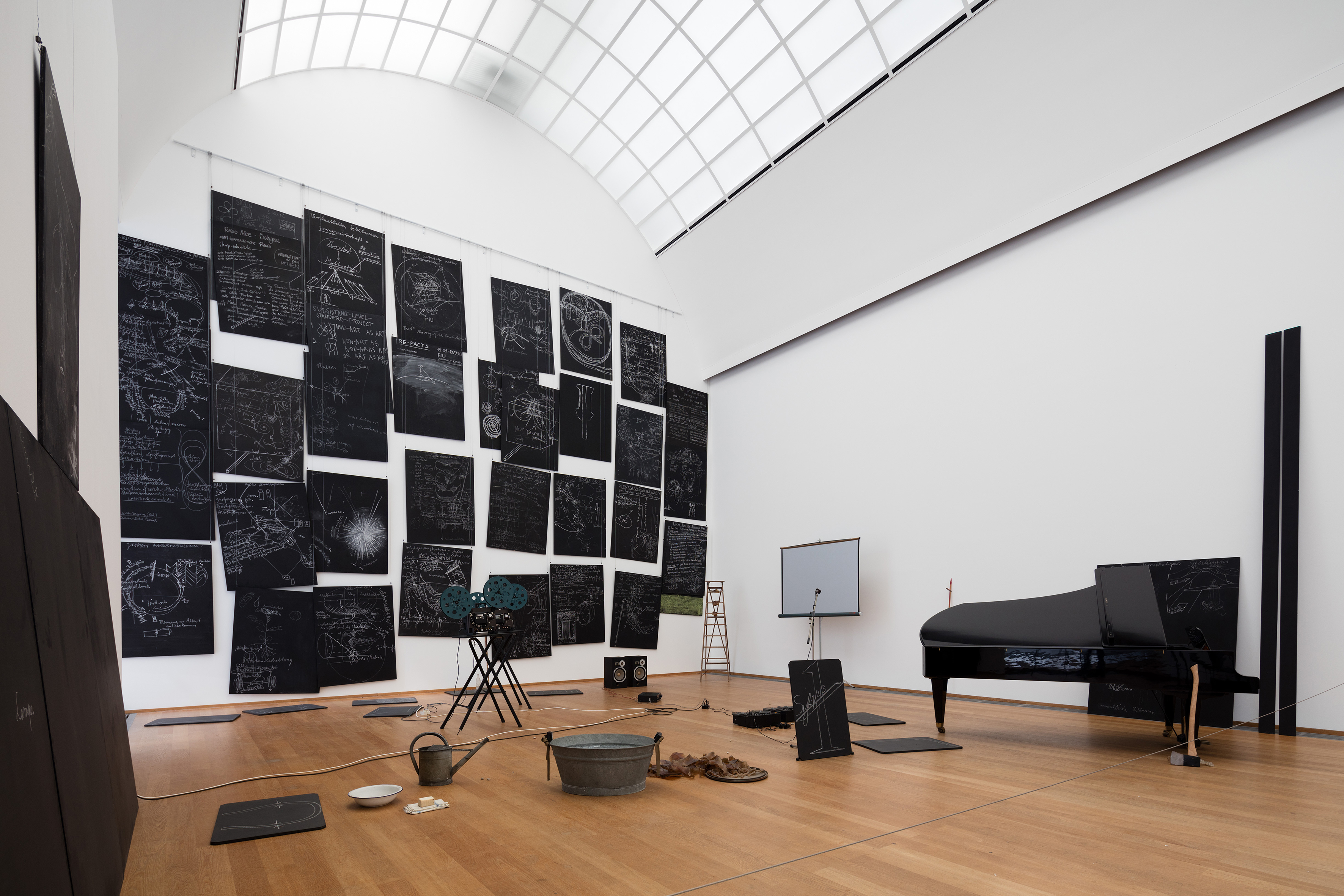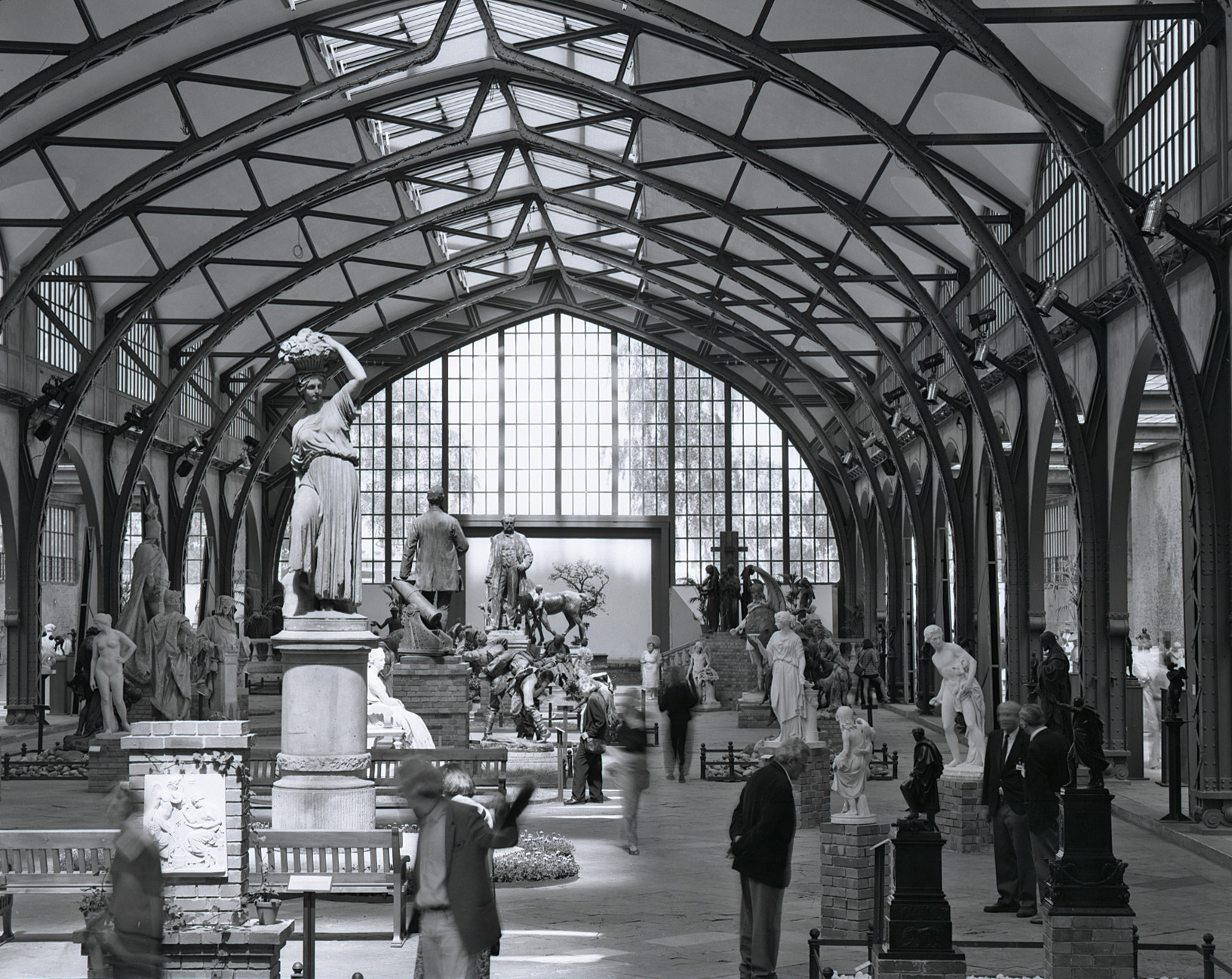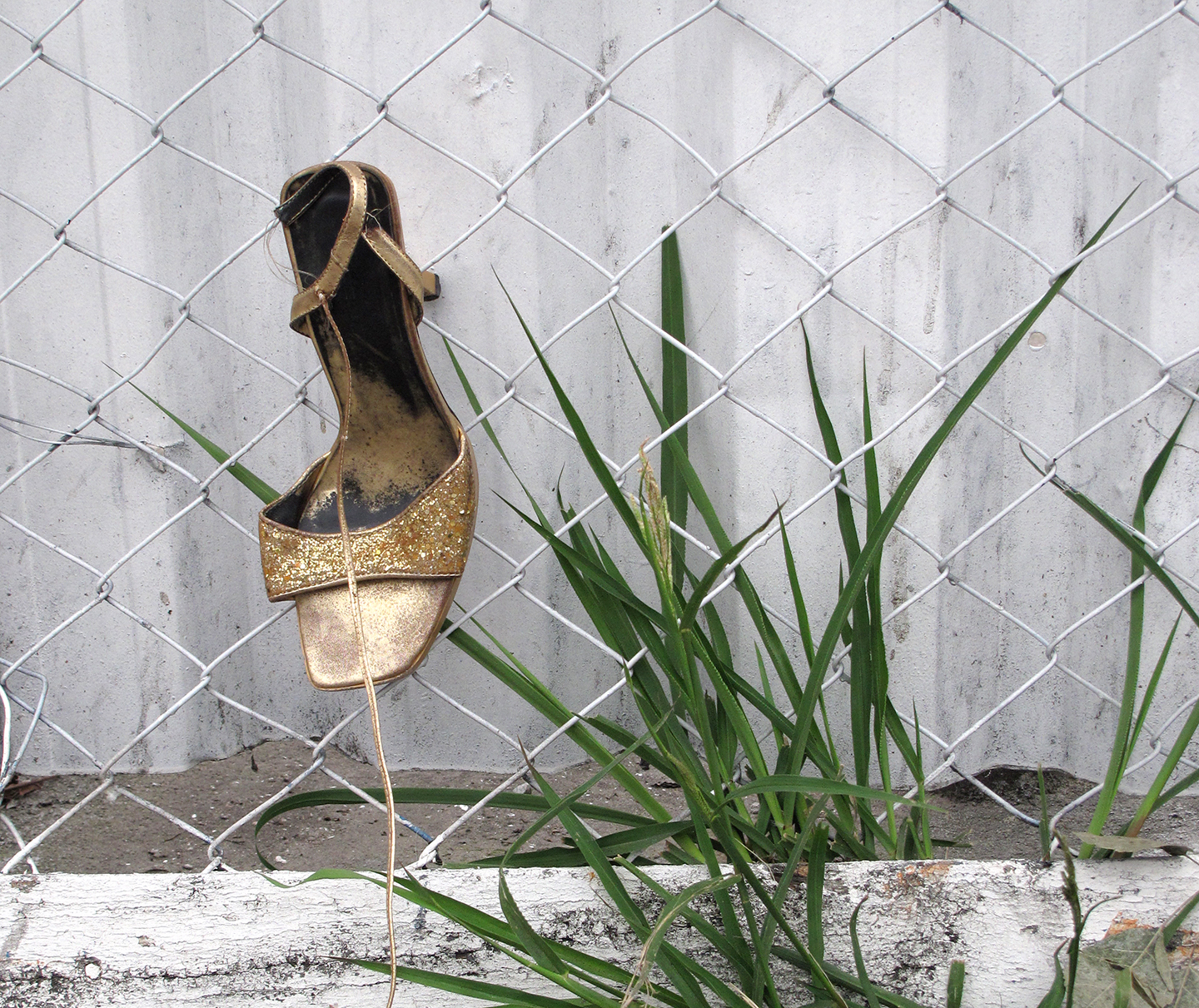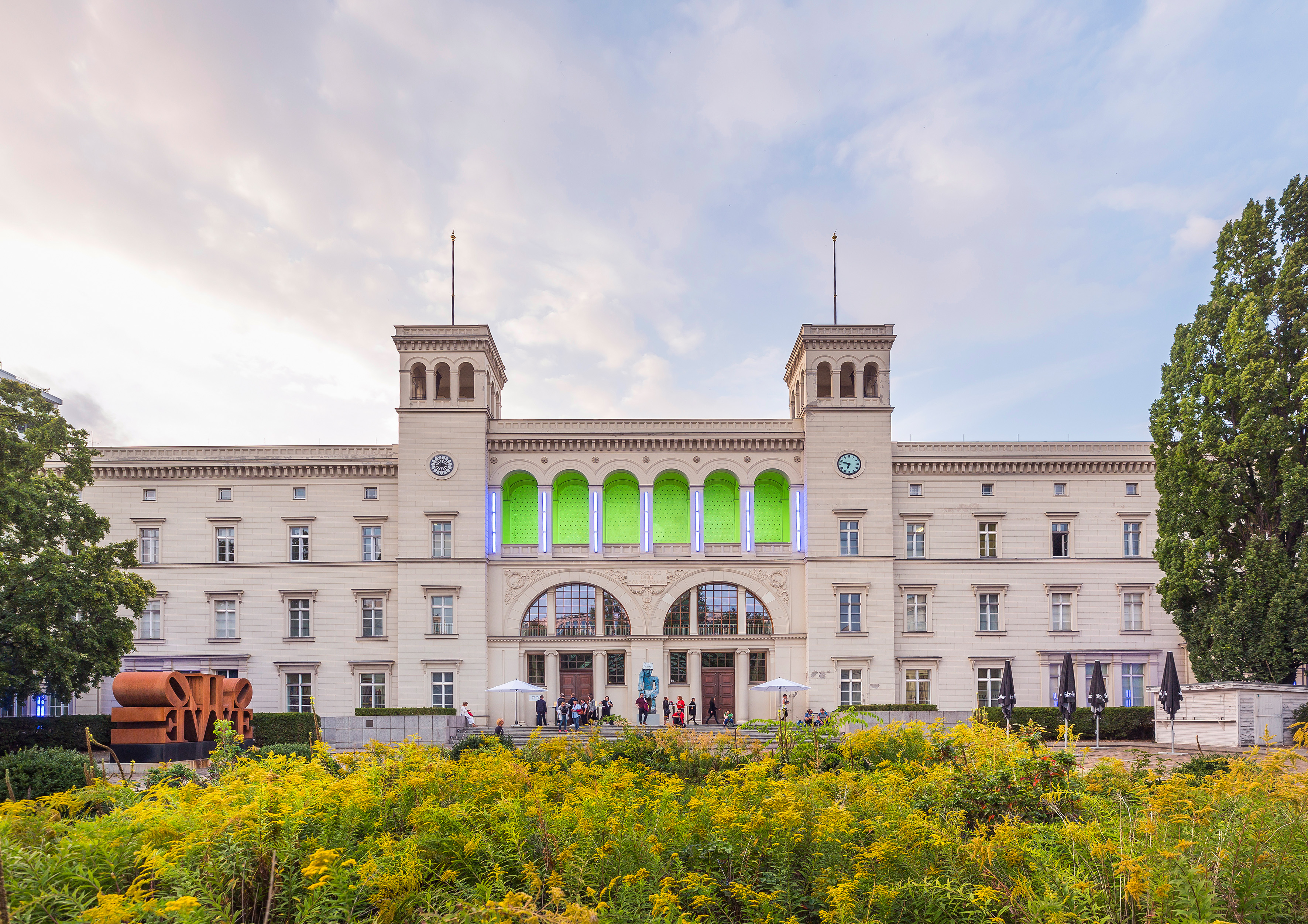Black Mountain. An Interdisciplinary Experiment, 1933–1957
5 June–27 September 2015
Press conference: 4 June, 11am
Opening: 4 June, 7pm
Nationalgalerie – Staatliche Museen zu Berlin
Hamburger Bahnhof – Museum für Gegenwart – Berlin
Invalidenstrasse 50/51
10557 Berlin
Germany
Hours: Tuesday–Friday 10am–6pm,
Thursday 10am–8pm, Saturday–Sunday 11am–6pm
www.smb.museum/hbf
www.black-mountain-research.com
Facebook
Founded in 1933 in North Carolina, USA, Black Mountain College rapidly rose to fame on account of its progressive and at that time unique educational concept. Artists such as John Cage, Merce Cunningham, Cy Twombly and Robert Rauschenberg, and scholars such as Peter Bergmann, Natasha Goldowski, Max Dehn and Paul Radin were among the many prominent figures who taught or studied there. Inspired by the forward-thinking pedagogical ideas of philosopher John Dewey, the experimental, interdisciplinary educational institute exerted an enormous influence upon the development of the arts in the second half of the 20th century. The exhibition traces the history of this university experiment in its main outlines. In the first few years of its existence, the college was strongly shaped by German and European émigrés—among them several former Bauhaus members. After the Second World War, the creative impulses issued increasingly from young American artists and academics, who commuted between rural Black Mountain and the urban centres on the East and West Coast. Right up to its closure in 1957, the college remained imbued with the ideas of European modernism, the philosophy of American pragmatism and teaching methods that aimed to encourage personal initiative as well as the social competence of the individual.
The Hamburger Bahnhof – Museum für Gegenwart – Berlin presents the first comprehensive exhibition in Germany devoted to this legendary university experiment. Within an architectural environment designed by the architects’ collective raumlabor_berlin, the exhibition features works by Black Mountain teachers—including Josef Albers and Anni Albers as well as Xanti Schawinsky, Walter Gropius, Richard Buckminster Fuller, John Cage, Franz Kline and Charles Olson—and students, such as Ruth Asawa, Ray Johnson, Robert Rauschenberg and Cy Twombly. A wealth of photographs and documentary film footage, as well as publications by scholars and artists who taught at the college, offer an insight into the way in which the institute worked and into life on campus.
Performances
In order to investigate the contemporary relevance of Black Mountain’s pedagogical approach, students from various art colleges are presenting archival materials in the form of readings, concerts and performances that will take place within the exhibition over the entire duration of the show. For these performances, artist and composer Arnold Dreyblatt has developed a concept under the title “Performing the Black Mountain Archive.”
Catalogue
The exhibition is accompanied by a catalogue, published by Spector Books, with numerous illustrations and reproductions of original documents relating to the history of Black Mountain College, accompanied by 12 essays, 464 pages, German and English editions, June 2015.
Blog and conferences
In collaboration with the Freie Universität Berlin (Institute of Theatre Studies, Prof. Annette Jael Lehmann) and the Dahlem Humanities Center, it has been possible to prepare two public conferences and maintain a blog directly related to the exhibition and the conferences. The first conference was held in May 2014, the second one will take place at the Hamburger Bahnhof, September 25 and 26, 2015.
An exhibition by the Nationalgalerie at the Hamburger Bahnhof – Museum für Gegenwart – Berlin, Staatliche Museen zu Berlin, in cooperation with the Freie Universität Berlin and the Dahlem Humanities Center.
Funded by the German Federal Cultural Foundation.
Further information about the Black Mountain College: see www.blackmountaincollege.org
For further information and press enquiries:
Sarah Kaes – press officer Nationalgalerie
T +49 30 39783417 / s.kaes@smb.spk-berlin.de
Funded by the German Federal Cultural Foundation


